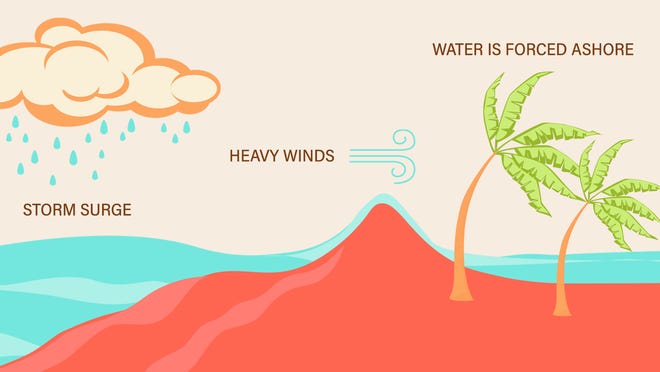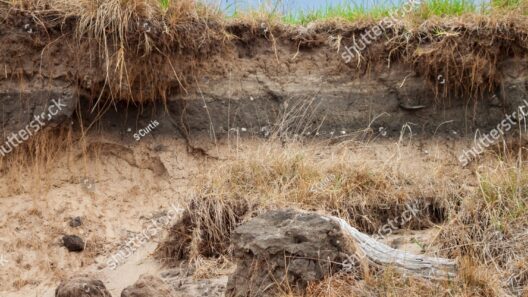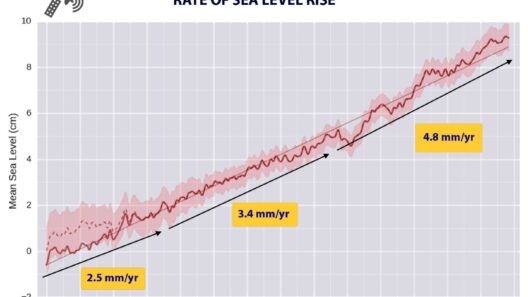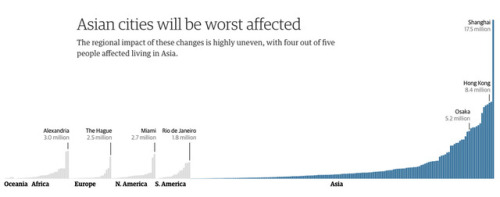Over the years, a growing number of people have become increasingly concerned about the phenomenon of rising sea levels. The sight of encroaching waters on once-familiar shorelines evokes not only a response of wonder but also of fear. This duality captures a common observation: the oceans, which have always served as a boundary, are beginning to infringe upon the land. Yet, beneath the surface of this observation lies a tapestry woven with scientific inquiry, environmental consequences, and socio-economic implications. As we delve into the evidence, we seek to understand whether sea levels are indeed rising, and if so, what the broader implications of this shift may entail.
Understanding the Science of Sea Level Rise
To grasp the full picture of rising sea levels, it’s imperative to understand the mechanics behind this significant phenomenon. Sea level rise can primarily be attributed to two key processes: thermal expansion and the melting of glaciers and ice sheets. Firstly, as global temperatures increase due to climate change, seawater absorbs heat and expands, leading to a gradual rise in ocean levels. This thermal expansion accounts for roughly half of the observed sea level rise in recent decades.
Secondly, the melting of terrestrial ice—particularly from Greenland and Antarctica—substantially contributes to rising sea levels. These immense ice sheets, which maintain much of the planet’s freshwater, have been destabilized by rising temperatures, resulting in accelerated melting. For instance, the Greenland ice sheet has been losing mass at an alarming rate, with studies indicating its contribution to sea level rise is increasing rapidly.
Furthermore, the melting of glaciers across various mountain ranges, while seemingly local, has cumulative global effects. Each drop of melting ice feeds into the encroaching oceans, raising the stakes in coastal regions worldwide. To put this into perspective, satellite measurements and tide gauge readings corroborate these phenomena, painting a clear picture of a world where coastlines are shifting.
Historical Evidence of Rising Waters
Historical records provide a sobering glimpse into the changes occurring within our oceans. Tide gauges, which have been monitoring sea levels since the late 19th century, reveal an undeniable trend: sea levels have risen about 8 to 9 inches (roughly 20 to 23 centimeters) since 1880. Moreover, the rate of increase has accelerated over the last few decades, with recent data highlighting an alarming rise of approximately 3.3 millimeters per year.
This historical context underscores the reality of human impact on natural systems. The unprecedented rates of urbanization, industrialization, and fossil fuel consumption contribute directly to the accumulation of greenhouse gases in the atmosphere, leading to the warming that drives these changes. Meanwhile, coastal cities—home to millions—are beginning to experience the dire consequences of this evidence. Frequent flooding, saltwater intrusion into freshwater supplies, and the erosion of land are no longer distant possibilities; they are emerging realities that demand attention.
Broader Implications: A Societal Challenge
The implications of rising sea levels extend far beyond environmental concerns; they encompass socio-economic challenges that threaten to dismantle entire communities. Coastal cities, which are often vital economic hubs, face existential threats. As the delicate equilibrium of these urban landscapes is disrupted, the cost of mitigation and adaptation soars. Infrastructure needs to be rebuilt, and retrofitted, often with prohibitive financial burdens, further straining public resources.
Additionally, the phenomenon raises critical questions about displacement and migration. It is estimated that millions of individuals may become climate refugees, forced to abandon their homes and livelihoods due to increasingly inhospitable conditions. This movement can lead to geopolitical tensions, as regions grapple with the sudden influx of displaced populations seeking safety and stability.
At an individual level, the perils of rising sea levels instigate a deep curiosity. Homeowners who once viewed their properties as secure investments now watch with apprehension as the ocean creeps closer. Some attempt to discern trends and research protective measures, while others remain skeptical and question the validity of the evidence presented. Such uncertainty encapsulates the broader societal struggle to reconcile understanding and action regarding an issue that transcends mere academic discourse.
Confronting the Future: Mitigation and Innovation
Confronted with the reality of rising sea levels, communities and governments must engage with strategies for adaptation and mitigation. Innovations in engineering offer solutions that can potentially shield vulnerable areas. The construction of sea walls, revival of natural barriers like mangroves, and the adoption of sustainable urban planning practices are all critical responses to the emerging crisis.
Moreover, a significant shift toward renewable energy sources is essential. Transitioning from fossil fuels to solar, wind, and other clean energies is not merely beneficial but imperative for reducing greenhouse gas emissions. The goal is to mitigate future climate change and slow the cascade of events leading to rising sea levels.
As this momentous issue continues to unfold, the convergence of science, policy, and community engagement will play a pivotal role. Individuals, too, can contribute by advocating for sustainable practices and holding leaders accountable for climate action. The narrative of rising sea levels invites us not only to observe and understand but to act in ways that will safeguard our planet for future generations.





